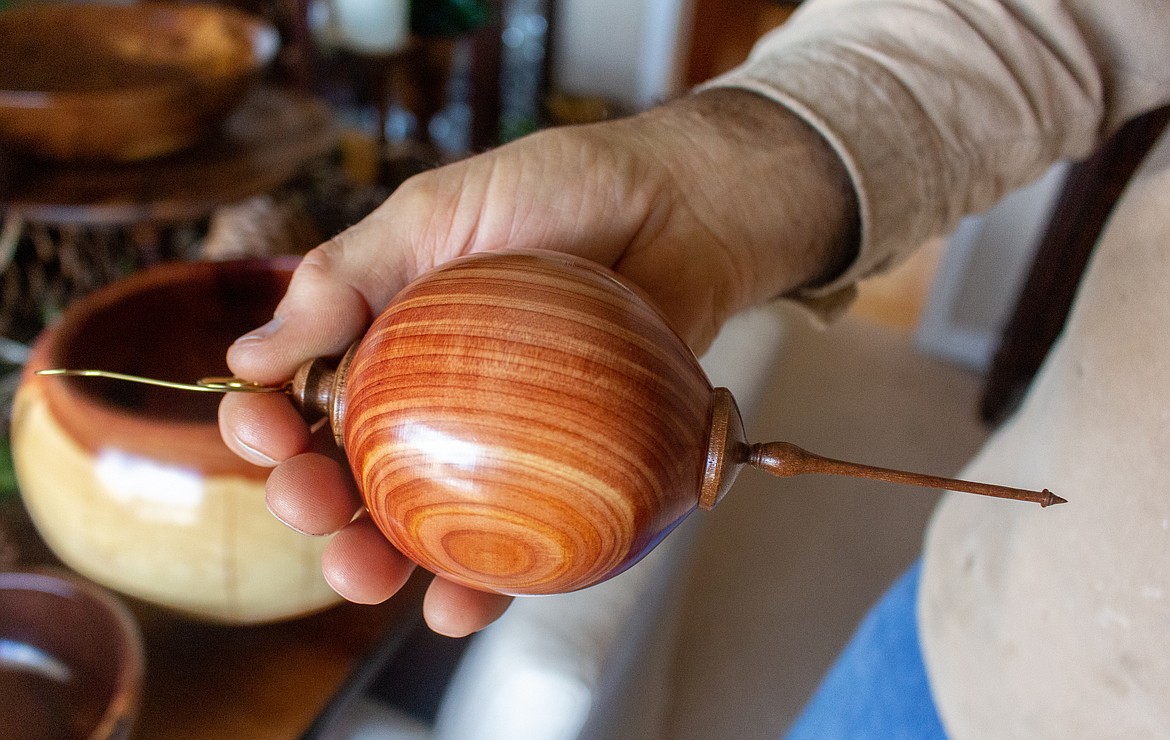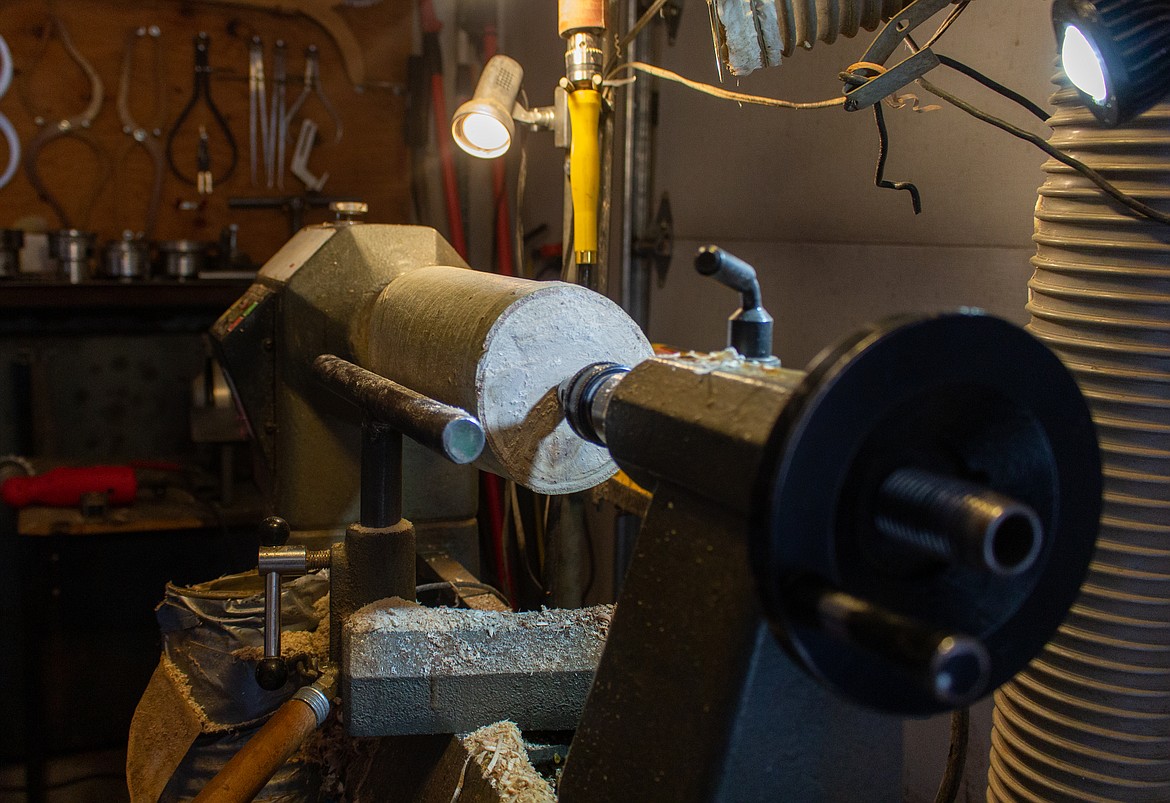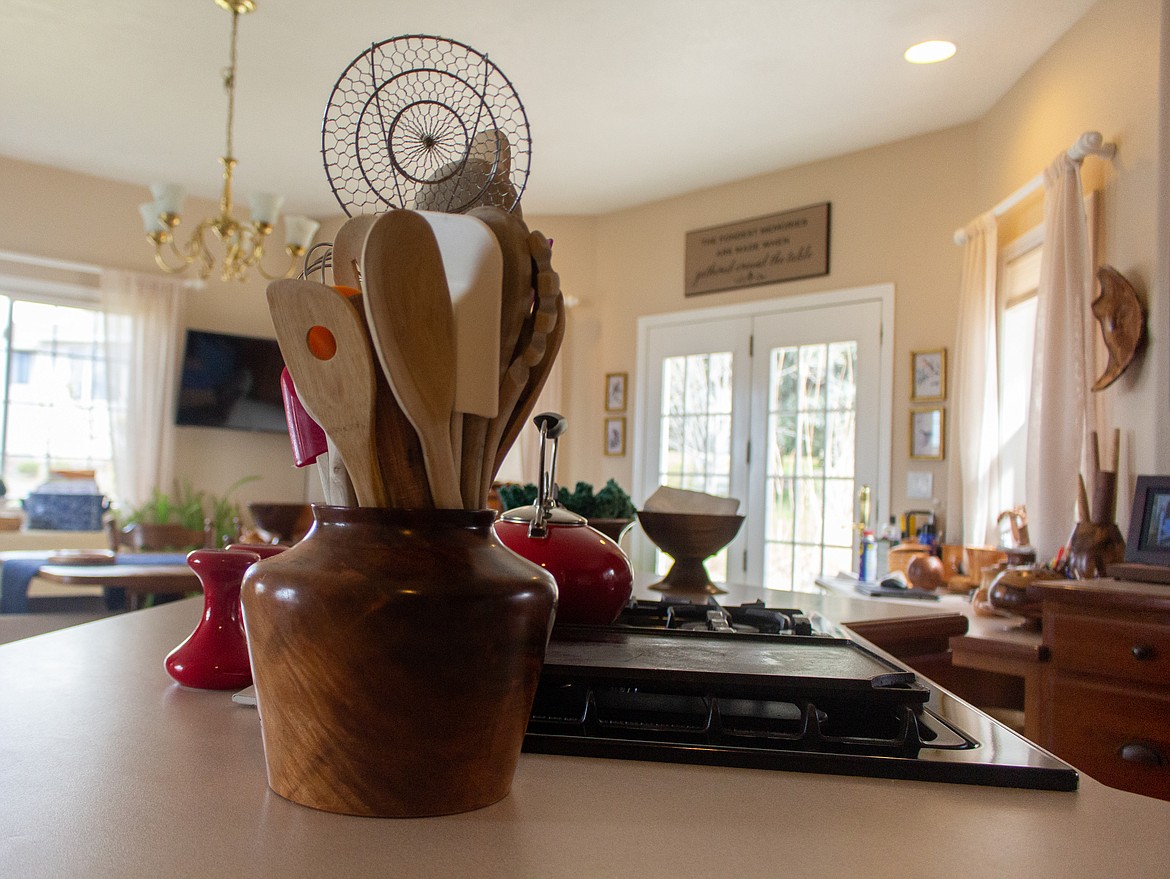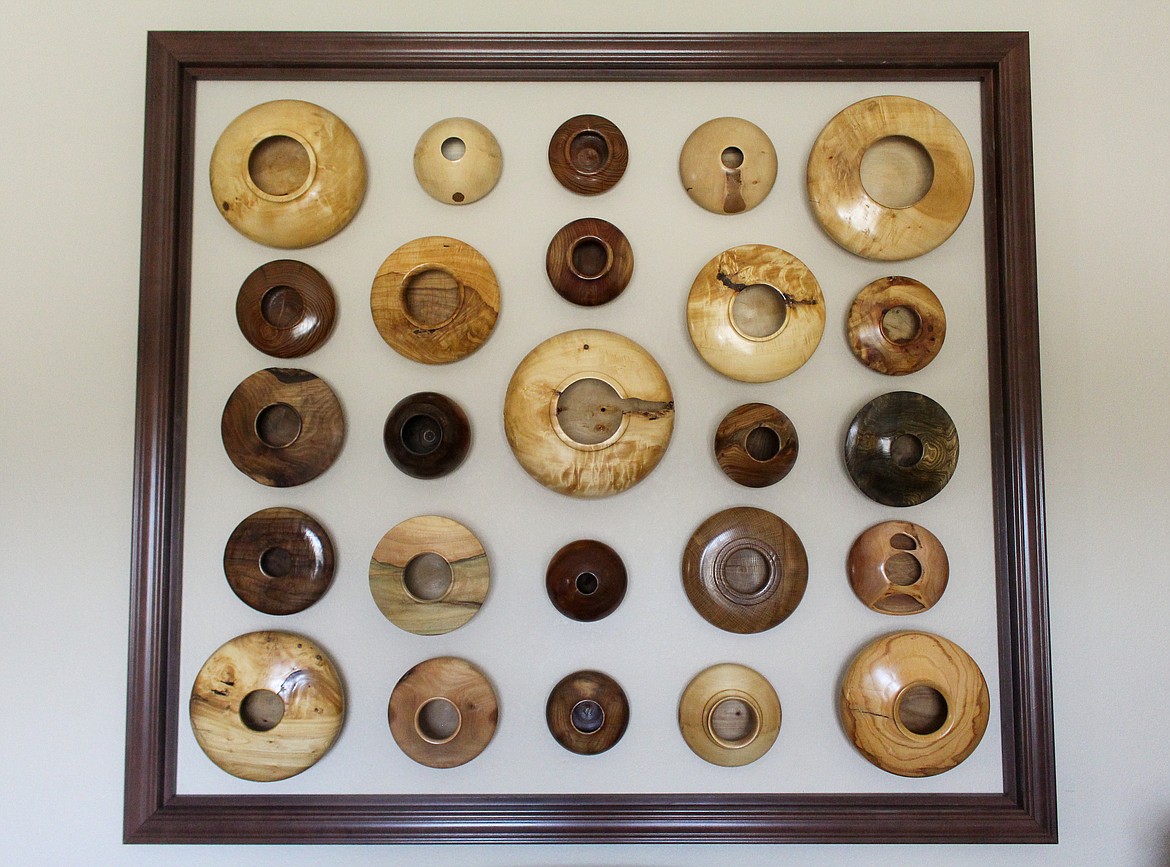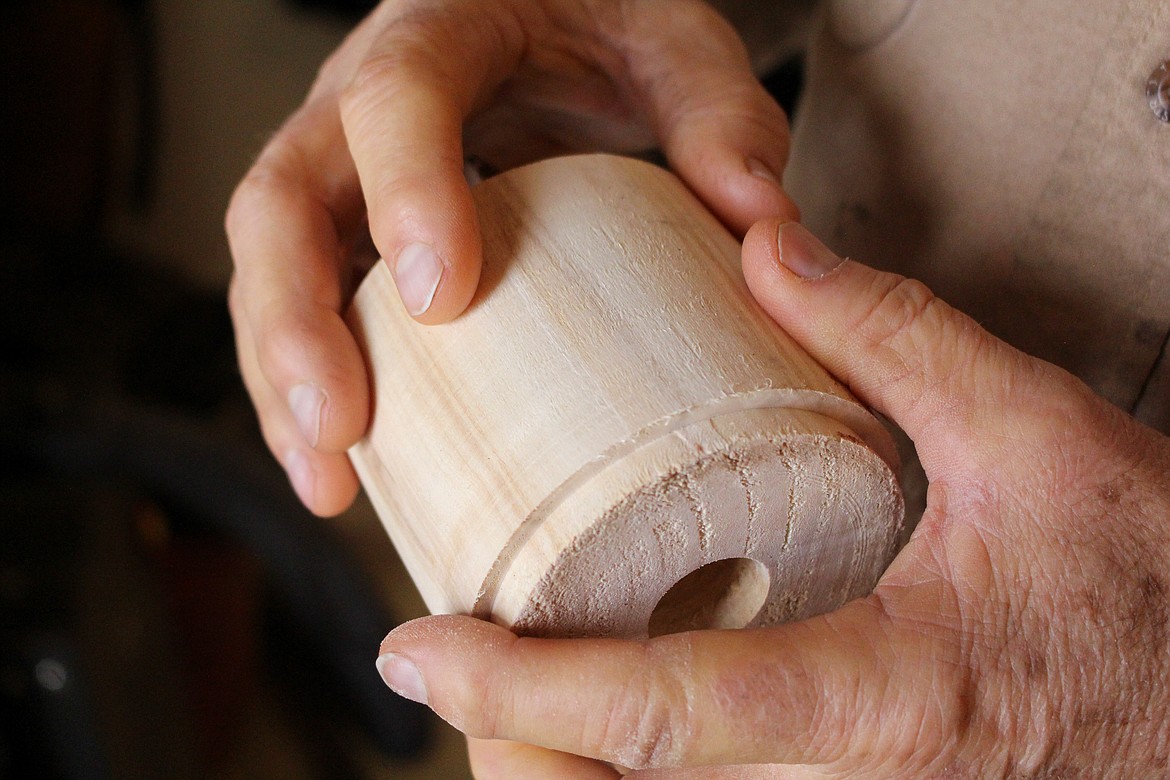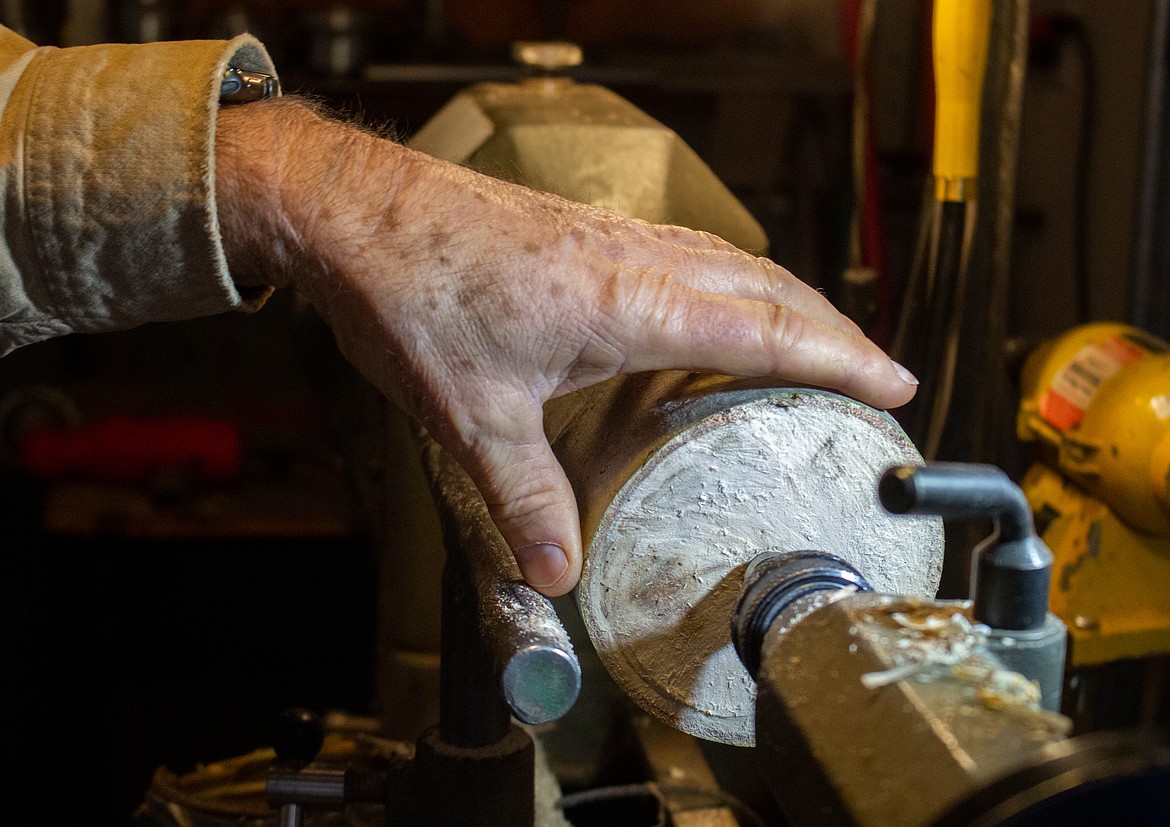Tuesday, October 22, 2024
Turning point: Retired landscaper finds joy in woodwork
Merle Hardy of Moses Lake was used to cutting up trees for people while running a landscaping business for more than 20 years, but turning the wood into bowls, vases and ornaments he’s made in his garage the past 10 years took longer to master.
Become a Subscriber!
You have read all of your free articles this month. Select a plan below to start your subscription today.
Already a subscriber? Login







